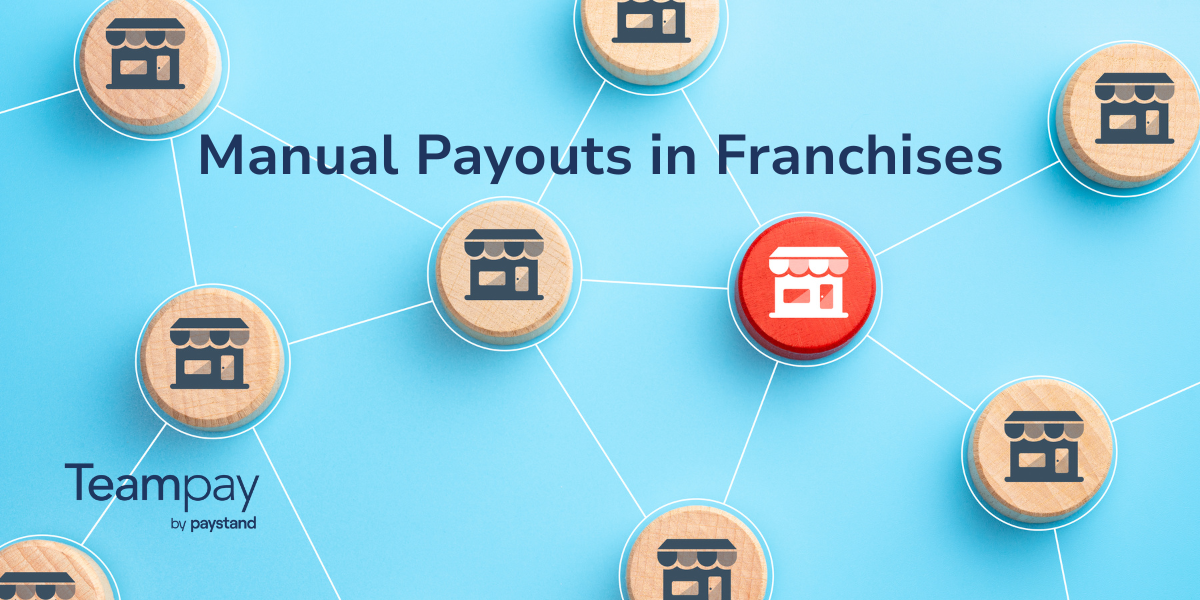Table of Contents
Key Takeaways
- An efficient purchase order approval process empowers procurement teams to enforce spend policy, identify savings, and build better relationships with suppliers.
- Building a modern PO system means mapping processes and leaving legacy programs and the manual process behind.
- There are 5 primary steps to streamlining your PO approvals.
In today’s era of distributed purchasing, the majority of employee spend is uncontrolled. Employees make business purchases using personal or corporate cards, and then submit expense reports and reimbursement requests after the fact. This means that their manager and the finance team may not find out about a purchase until after the money has been spent. And it creates chaos with the purchase order approval process.
Giving employees a corporate card is basically like handing them a blank check. Employees may spend willy-nilly on these cards, leaving the finance team to piece together incomplete data, retroactively enforce spend policy, and conduct best-guess accounting in order to close the books.
It might seem counterintuitive, but the key to solving this challenge isn’t about the purchase itself; it’s what happens before the purchase. Streamlining your purchase approval process is the only way to proactively ensure policy compliance and view real-time, accurate spend data, highlighting the importance of an effective purchase order approval process.
First: What is a purchase order approval process?
To clarify, the purchase order (PO) approval process is a workflow meant to enforce company policy when buying goods and services. Depending on the company size and industry, it can include several different approvals from the finance department, or even other company stakeholders.
There are 6 general stages of a purchase approval workflow:
- The employee making the purchase submits a PO request.
- Key stakeholders review the PO request to ensure it is compliant with company policies and is within budget.
- The PO is approved.
- The PO is created and sent to the supplier.
- Once the goods or services, such as office supplies, are received by the company, they are inspected and matched against the PO.
- The supplier’s invoice is reviewed, matched to the PO, approved, and processed for payments.
In short, the components of a purchase order approval process are the PO, the deliverables, the invoice, and the approval contacts. These four items must be accounted for every time to create a purchase order approval workflow
It sounds simple, but it’s critical to develop an effective purchase order approval process. It’s easy to waste hours on matching POs and invoices, or in revising PO requests because rules around spending are too vague for employees to accurately match needs to policy.
The good news? There are several ways to streamline your PO approval chains and to automate your purchase order approval.
5 steps to streamlining your PO approvals
Setting up a purchase order approval process that matches policy, stays within budget, and offers strategic value doesn’t have to be a complex process. The practical steps we discuss will emphasize focusing on policy and procurement tech stack, but the process is just as much about the people as the software.
Implementing these steps translates into time, energy, and resources saved for the procurement team. These finance professionals can then focus on turning the procurement process into a strategic asset for the company. However, to get to this point, we have to look at the approaches and tools organizations use in procurement.
Proactively enforce your purchasing policy
More than 60% of organizations believe their purchasing policy isn’t effective, according to the Hackett Group’s Procurement Executive Advisory program. This isn’t surprising given the rearview mirror approach that many companies take to expense management.
It’s hard to really enforce your purchasing policy after money is spent. And yet, this is what many finance teams using the expense management model have to do. They may not receive expense reports until days or weeks after a purchase was made, at which point it’s usually too late to do much about it.
In most cases, employees do not have malintent when they spend out-of-bounds. They simply don’t remember the company purchasing policy, and don’t have time to review it before making a necessary purchase. There is often a mismatch between what employees think they should do and what the finance team needs them to do.
Instead of relying on employees to do the right thing, purchase approval software embeds your purchasing policy into the workflow. Payment methods are limited to the pre-approved amount and tied to a specific vendor, so no one can spend out-of-bounds or over budget.
Automate the purchase approval workflow
The benefits of automated purchase approval workflows are simple: PO automation saves time, lowers costs, and accelerates repetitive processes. Automation also improves compliance and accuracy for companies, providing another layer of risk management.
Legacy centralized approvals and purchasing creates a bottleneck that slows employees down. It takes employees too much time to navigate layers of bureaucracy to obtain the right approvals or have someone else make a purchase on their behalf. Because of this, employees may find workarounds or spend outside policy just to get things done quickly.
Finance can’t afford to be the department that hinders progress, especially in a fast-paced, high-growth business environment. A system is needed to allow finance to maintain control without holding team members back.
Purchase approval software makes it easier for employees to buy what they need to keep doing their jobs. By automating the approval process and packaging it into a user-friendly system, this tool empowers employees to spend quickly, while still ensuring policy compliance.
Maintain real-time purchasing visibility
The right purchase order approval software offers functionality that lets you monitor requests for funds and conduct a spend analysis in real-time.
According to Deloitte’s spend management analysis, gaining insight into spend can be time-consuming and unreliable: “There’s no guarantee that the spend information you get will be accurate, complete, or up to date. Gaps in visibility, siloed data and control points keep spend information hidden from the organization.”
Typically, finance only becomes aware of transactions at the end of the month once credit card statements and expense reports come in. It can become a frantic scramble to gather missing information and close the books on time. They may struggle to pull accurate spend data in the middle of the month, and their forecasts and budgets are based on outdated information.
Purchase approval software gives you real-time visibility into spend. When finance teams can view real-time transaction data in their general ledger, they can develop actionable insights, achieve continuous forecasting, and have clearer audit trails.
Eliminate manual work to eliminate human errors
Common challenges in manual PO approval workflows show up consistently across industries: Wasted time, out-of-policy spend, frequent errors, slow approval rates, and poor metrics, like high Day Payments Outstanding (DPO), are just a few examples.
Manual reconciliation is error-prone and reliant on guesswork. Ron Walker, from KPMG in the U.S., said manual finance work was a key driver of the department’s costs: “Manually consolidating and manipulating data in Excel is still far too common and, in many cases, the information is questionable. With all the tools to which organizations now have access, there’s simply no reason to perpetuate inefficient and unreliable practices.”
Not only is it inefficient, but manual entry is also a fraud risk. According to Strategic Finance Magazine, “Manual account reconciliation processes are often fertile ground for fraud, with gaps in standardization, controls, flux analysis processes, separation of duties, balance sheet analysis, completeness, and spreadsheet dependencies.”
Automation reduces time-consuming, tedious manual work involved in your purchasing process. This frees your finance team to focus on more strategic, high-value projects that position them as strategic partners to the business.
Get ahead of your spend with purchase approval software
Distributed business demands a finance function that drives agility and growth, not bottlenecks and bureaucracy. This cannot be achieved retroactively.
Purchase approval software allows you to get ahead of your spend, saving your finance team time, guaranteeing compliance, and allowing them to meaningfully engage with stakeholders across the company.
Teampay provides procurement teams and finance professionals with a robust platform to reduce risk and control spend. Our software includes key features for an efficient purchase order approval process, including:
- Communication tool integration for easy PO requests
- Automated policy enforcement
- Pre-approvals from our Purchase Assistant
- Automatic PO reconciliation
- Thorough spend analytics
- Intelligent corporate cards
- And more…












